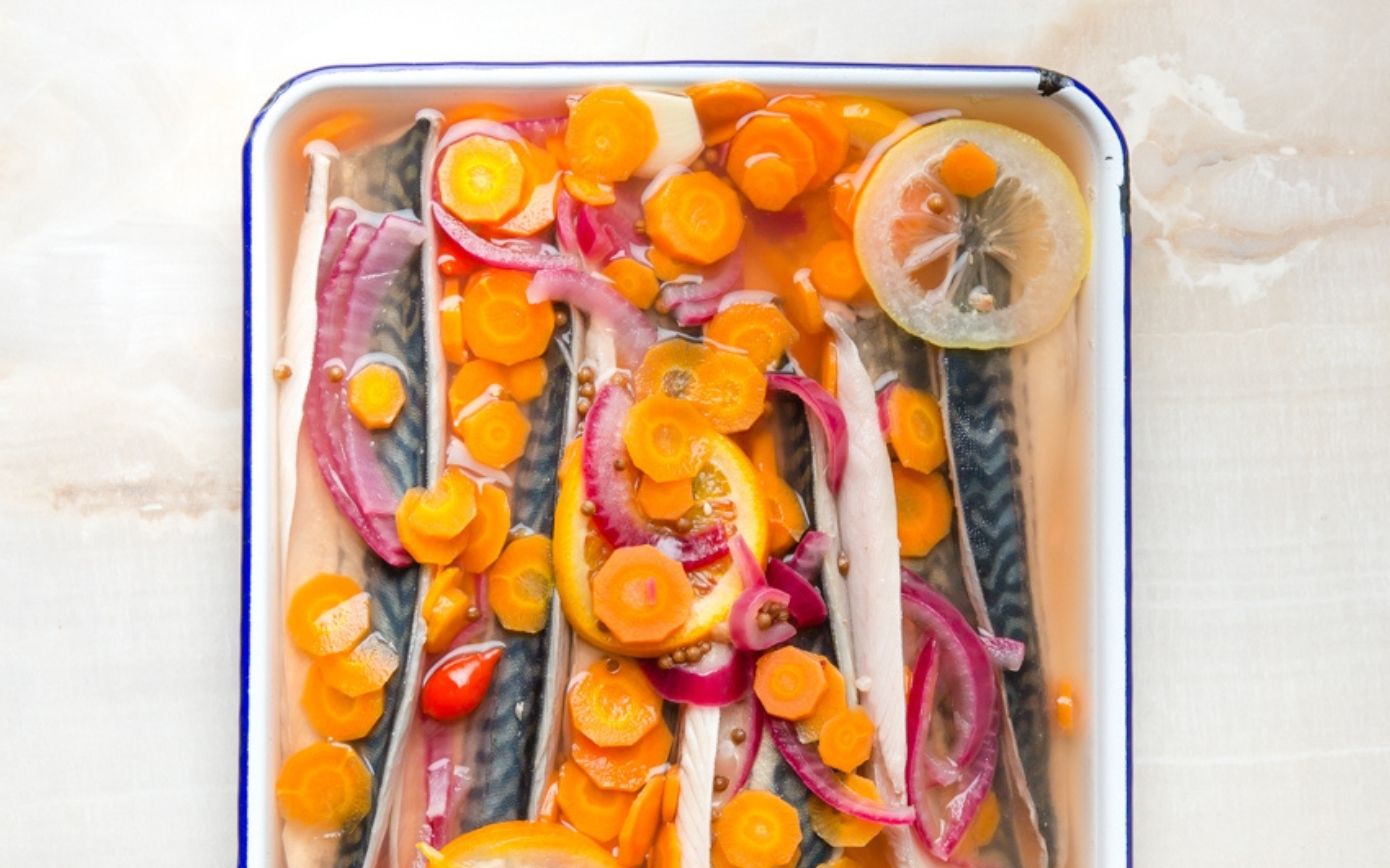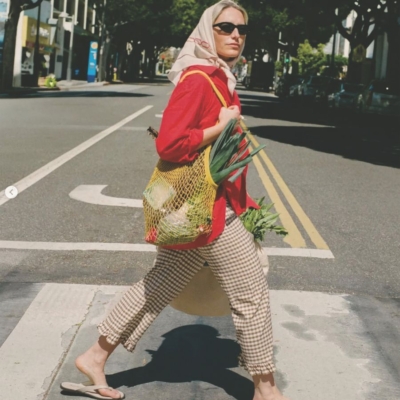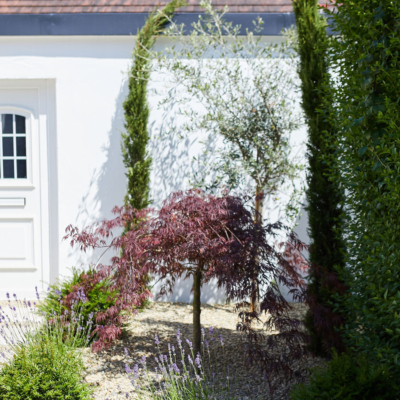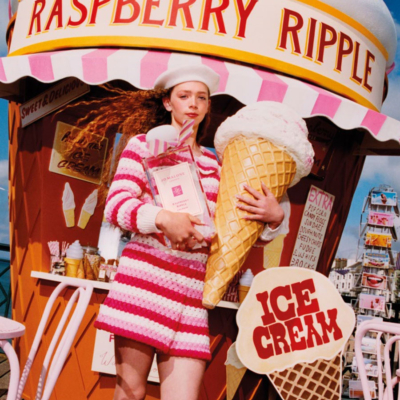Brown and beige food have done us proud. Instead of staying bashfully at the sidelines of what is deemed cool (aka Instagrammable) these days, they have at last been recognised and celebrated by food writers all through The Long Winter. Queen Nigella herself even dedicated an entire chapter to brown beauties such as “marrowbone mince” and “burnt onion and aubergine dip” in her wonderful book, Cook, Eat, Repeat.
I for one, have not resisted. At home, every Friday night since last March, in celebration of simply getting through another week, we have made a ritual of fish and chips, sometimes fish burgers, sometimes fish finger sandwiches. The only splash of colour comes from our house condiment – Chinese hot sauce mixed with Heinz ketchup – and the only hint of adulthood from some form of icy bubbles or a dry martini or two. In every other way, we’ve been like children again, revelling in the familiar blandness and, let’s admit it, stodge, which provide comfort through their powerful nostalgic force.
Now, we are at last coming out of the pandemic fog and it’s time to get a grip, perk ourselves up, reverse the time machine and look forward instead of back. Don’t worry, no need to grow up completely (God forbid) and, doubtlessly, we shall again regularly succumb to the lure of pale, over-salted, deep fried or puréed snacks as a quick fix remedy to some new anxiety. But for now, it is time to free our culinary Pepperlands from the Blue Meanies (Beatles fans will identify) and pour some colour back into our plates.
The pleasure we enjoy from rainbow-coloured foods is not only visual, in our imaginations they allow us to travel to most exotic places, where the indigenous fruits and vegetables have always seemed a million times more exciting than our own. For me and my obviously alien palate, they have rarely lived up to expectations, so I say forget scouring your supermarket for bright pink pitayas, red hairy rambutans, yellow horned melons or coral papaya, simply open your eyes and take a new look at the familiar ingredients around you. Paprika dusted on a curried, devilled egg is a definitely underrated combo, for example and have you noticed what a beautiful green steamed or lightly boiled spinach goes when you transform it into a purée? It makes for the most vibrant and creamy of soups, topped with a punchy, mango or sweetcorn relish. Likewise fresh rocket, when blitzed into a loose pesto, will look almost fluorescently good drizzled over those multi-colour tomatoes we can now pick up practically everywhere. Dot them with white feta, goats’ cheese or mozzarella to really set off the deep, bright green.
Pomegranates give the most beautiful pops of colour, sweetness and freshness, particularly when paired with tiny chunks of blood orange, as I like to do. But they are, well, faffy, if you aren’t cooking for a crowd, have become as familiar a garnish as curly parsley sprigs – and sometimes as inappropriate or even downright useless. I think it’s time for the humble radish’s turn in the limelight. Radishes are a food stylist’s dream, with their pearl-like interiors, red edges and firm slices, allowing them to fan out prettily over salads and rice dishes, but have you seen how they turn the most exquisite shade of pink when poached in butter (or duck fat!) or roasted with salt and pepper? Strawberries have that same juicy firmness, a pretty sheen when finely sliced and handily seep out their colour into dullish rhubarb or apple compote. Red onions soften and take on such an even cheerier pink when pickled, draping themselves – in a soft way which belies their sharp kick – over turmeric-yellowed curries and dals, a cucumber salad or on pepper and corn-studded tacos.
Packing our baskets with colour matters to our health, too, and “Eat the rainbow” remains sound advice. Although you won’t find them on nutrition labels, the phytochemicals contained in different colours provide benefits alongside vitamins, minerals, fats and fibre, but there’s no real hierarchy between the colours. Different types of the same vegetable will all be good for us, but each for slightly different reasons. Take carrots: yellow carrots have lots of lutene, a pigment which slows hardening of the arteries, while purple carrots, full of anthocyanins, help your heart stay healthy, and beautiful red carrots’ high levels of lycopene will help ensure good eyesight. So forget the chemistry and mix and match away, the rainbow is yours for the eating!

Photograph by Virginie Garnier
MACKEREL ESCABÈCHE
Every ingredient in this classic French dish, with Spanish and North African origins, is easy to find in Ireland, yet just look how vibrant and exotic they become when mixed together over the mackerel’s gorgeous skin.
For 4
20 minutes preparation and cooking
1 hour resting
Fillets from four medium to large mackerels, all bones removed • 50ml olive oil • 2 carrots, peeled, chopped • 2 red onions • 1 tsp fennel seeds • 1 tsp coriander seeds • 200ml white wine • 400ml fish stock • 1/2 lemon cut into slices and the juice from the other 1/2 • Salt and pepper
1. Heat the oil in a medium-sized pan. Add the chopped carrots and cook them without colouring for a minute or two. Then add the onions and spices, stir and cook for a minute or two.
2. Pour in the white wine, the fish stock, bring to the boil and simmer gently for 10 minutes.
3. Set the fillets into a low gratin dish or roasting tin and pour the pan contents over them. Add the lemon juice and slices. Cover the dish and leave the fish to marinate for an hour in a cool place before serving. You can also chill it in the fridge completely, once cooled for an hour at room temperature.
LOVETHEGLOSS.IE?
Sign up to our MAILING LIST now for a roundup of the latest fashion, beauty, interiors and entertaining news from THE GLOSS MAGAZINE’s daily dispatches.











